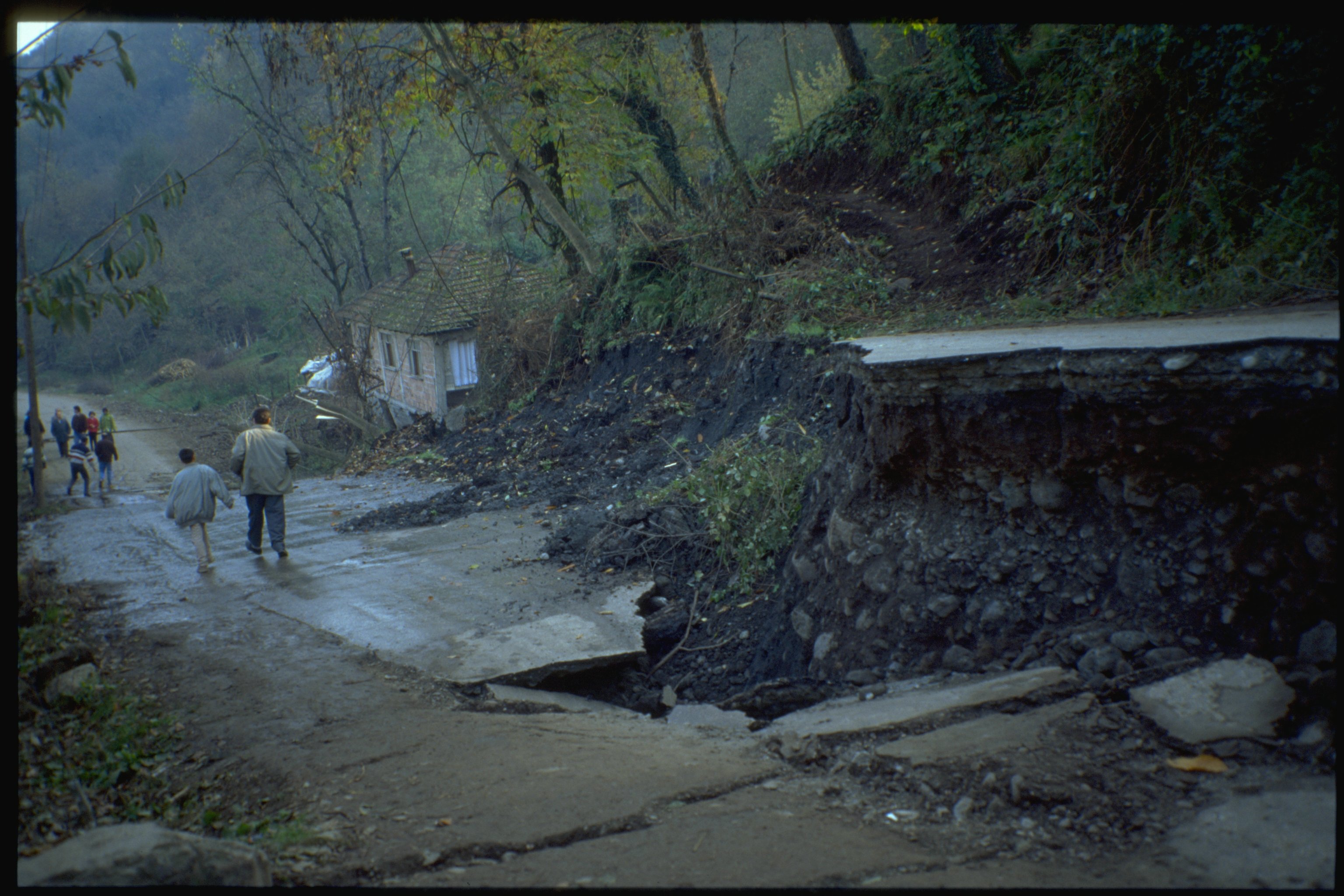All Categories
Featured
Table of Contents
What Is The Best Degree Path For Becoming A Geophysicist? in Ferndale Australia 2020

(PREM)., and the boundaries in between layers of the mantle are constant with stage transitions.

This makes plate tectonics possible. Schematic of Earth's magnetosphere. The solar wind Flows from left to. If a world's magnetic field is strong enough, its interaction with the solar wind forms a magnetosphere. Early space probes mapped out the gross dimensions of the Earth's magnetic field, which extends about 10 Earth radii towards the Sun.
Inside the magnetosphere, there are reasonably thick areas of solar wind particles called the Van Allen radiation belts. Geophysical measurements are usually at a specific time and place.
What Does A Geophysicist Do? Role & Responsibilities in Woodvale Western Australia 2021
, integrates huge coordinates and the regional gravity vector to get geodetic coordinates. This method just offers the position in 2 coordinates and is more difficult to use than GPS.
Relative positions of 2 or more points can be determined using very-long-baseline interferometry. Gravity measurements entered into geodesy due to the fact that they were required to associated measurements at the surface area of the Earth to the referral coordinate system. Gravity measurements on land can be made utilizing gravimeters deployed either on the surface area or in helicopter flyovers.
Sea level can likewise be determined by satellites using radar altimetry, contributing to a more precise geoid. In 2002, NASA introduced the Gravity Recovery and Climate Experiment (GRACE), in which 2 twin satellites map variations in Earth's gravity field by making measurements of the distance between the 2 satellites using GPS and a microwave varying system. , which are studied through geophysics and area physics.
Geophysical Survey Definition in Ridgewood Australia 2020

Because geophysics is concerned with the shape of the Earth, and by extension the mapping of functions around and in the world, geophysical measurements include high accuracy GPS measurements. When the geophysical measurements have actually been processed and inverted, the analyzed results are outlined using GIS.
Numerous geophysics business have developed in-house geophysics programs that pre-date Arc, GIS and Geo, Soft in order to satisfy the visualization requirements of a geophysical dataset. Expedition geophysics is applied geophysics that often utilizes remote picking up platforms such as; satellites, aircraft, ships, boats, rovers, drones, borehole sensing devices, and seismic receivers.
For example, aeromagnetic data (aircraft gathered magnetic data) gathered using traditional fixed-wing aircraft platforms need to be corrected for electromagnetic eddy currents that are developed as the airplane moves through Earth's electromagnetic field. There are also corrections connected to changes in measured possible field intensity as the Earth turns, as the Earth orbits the Sun, and as the moon orbits the Earth.
Geophysical Surveys As Landscape Archaeology in Mahogany Creek Aus 2021
Signal processing includes the correction of time-series data for unwanted sound or mistakes presented by the measurement platform, such as aircraft vibrations in gravity data. It likewise involves the decrease of sources of sound, such as diurnal corrections in magnetic information. In seismic data, electro-magnetic data, and gravity information, processing continues after mistake corrections to include computational geophysics which lead to the final analysis of the geophysical information into a geological analysis of the geophysical measurements Geophysics emerged as a different discipline just in the 19th century, from the crossway of physical geography, geology, astronomy, meteorology, and physics.
The magnetic compass existed in China back as far as the fourth century BC. It was not until great steel needles might be forged that compasses were used for navigation at sea; prior to that, they might not keep their magnetism long enough to be useful.
By looking at which of eight toads had the ball, one might identify the direction of the earthquake.'s (1600 ), a report of a series of careful experiments in magnetism.
Geophysical Survey Services in City Beach Western Australia 2021
In 1687 Isaac Newton published his, which not only laid the foundations for classical mechanics and gravitation Also discussed a range of geophysical phenomena such as the tides and the precession of the equinox. The first seismometer, an instrument efficient in keeping a continuous record of seismic activity, was constructed by James Forbes in 1844. Geochemistry, Geophysics, Geosystems. National Aeronautics and Area Administration. Obtained 13 November 2018.
Runcorn, S.K, (editor-in-chief), 1967, International dictionary of geophysics:. Pergamon, Oxford, 2 volumes, 1,728 pp., 730 fig Geophysics, 1970, Encyclopaedia Britannica, Vol. Introduction to seismology (2nd ed.).
Table of Contents
Latest Posts
How To Become A Geophysicist in Mount Claremont Oz 2023
Geophysical Survey Next Step In Carbon Storage Study in Brookdale Western Australia 2023
Geophysical Investigations in Calista Western Australia 2022
More
Latest Posts
How To Become A Geophysicist in Mount Claremont Oz 2023
Geophysical Survey Next Step In Carbon Storage Study in Brookdale Western Australia 2023
Geophysical Investigations in Calista Western Australia 2022